Home>Home Appliances>Home Automation Appliances>How To Connect Google Home To LED Lights
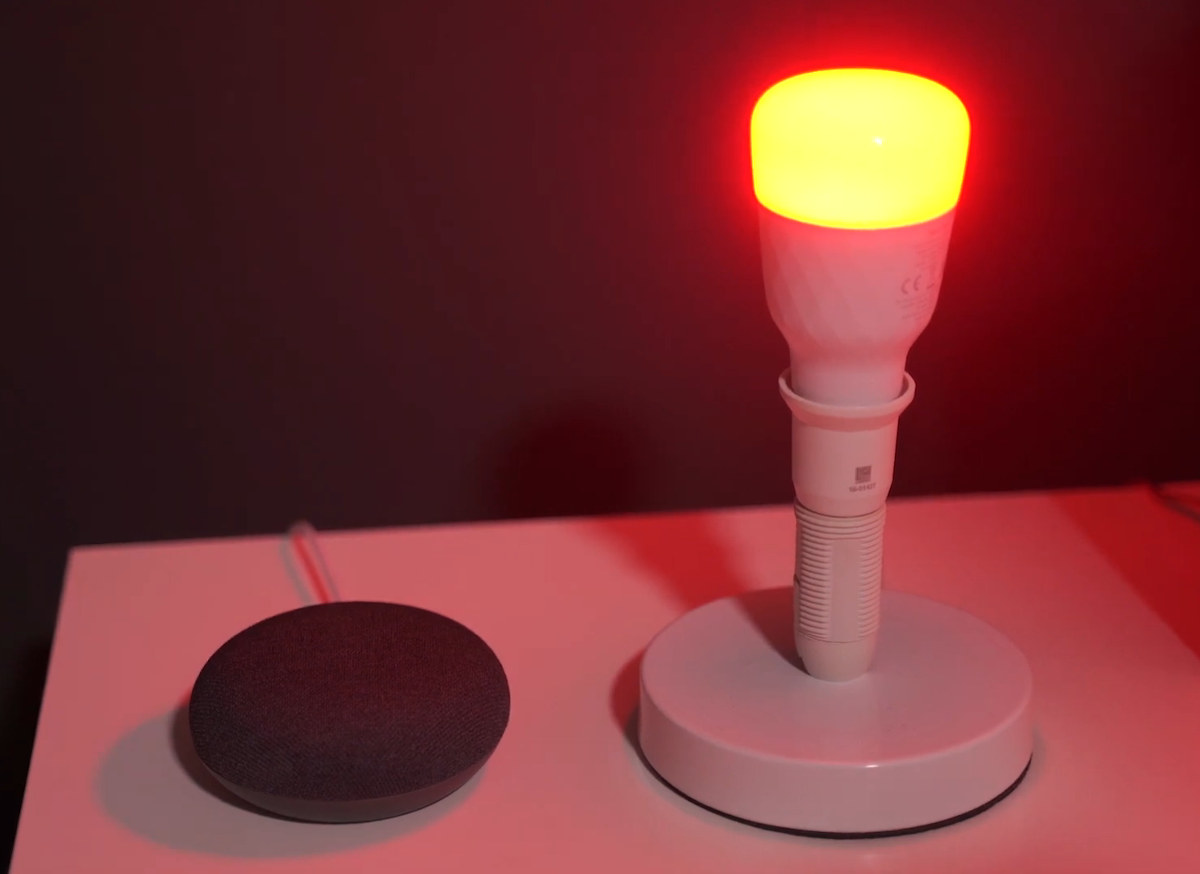

Home Automation Appliances
How To Connect Google Home To LED Lights
Modified: October 23, 2024
Learn how to easily connect your LED lights to Google Home using home automation appliances. Simplify your home lighting control today!
(Many of the links in this article redirect to a specific reviewed product. Your purchase of these products through affiliate links helps to generate commission for Storables.com, at no extra cost. Learn more)
Introduction
In this digital age, the integration of smart home technology has become increasingly prevalent, revolutionizing the way we interact with our living spaces. One of the most popular smart home devices is Google Home, a voice-activated speaker powered by the Google Assistant. Its seamless integration with various smart home products, including LED lights, offers users unparalleled convenience and control over their home environment.
The utilization of LED lights in homes has gained immense popularity due to their energy efficiency, longevity, and vibrant illumination. When these energy-efficient light sources are paired with the intuitive functionality of Google Home, users can effortlessly manage their lighting preferences through simple voice commands or the Google Home app.
This comprehensive guide aims to elucidate the process of connecting Google Home to LED lights, empowering users to harness the full potential of their smart lighting system. By understanding the intricacies of this integration and familiarizing oneself with the seamless control options, individuals can elevate their living spaces to new heights of modernity and convenience. Let's embark on this enlightening journey to seamlessly connect and control LED lights with Google Home.
Key Takeaways:
- Connecting Google Home to LED lights allows you to control your home’s lighting with just your voice or the Google Home app, creating a modern and convenient living environment.
- By integrating Google Home with LED lights, you can personalize your home’s ambiance, save energy, and enjoy hands-free control, making your living space more modern and connected.
Read more: How To Connect GE Light Bulb To Google Home
Understanding Google Home and LED Lights
Google Home serves as a central hub for managing smart home devices, offering a hands-free approach to controlling various aspects of the home environment. Equipped with the Google Assistant, this smart speaker can interpret voice commands to perform an array of tasks, including adjusting lighting settings, playing music, providing weather updates, and much more.
On the other hand, LED (Light Emitting Diode) lights have revolutionized the lighting industry with their energy efficiency, longevity, and versatility. These lights consume significantly less power than traditional incandescent bulbs, making them an environmentally friendly and cost-effective lighting solution. LED lights are available in a myriad of options, including smart LED bulbs that can be seamlessly integrated into smart home ecosystems.
When Google Home is paired with LED lights, users gain the ability to control their lighting with unparalleled ease. This integration allows for voice-activated control, scheduling, and customization of lighting preferences, transforming the ambience of any space with effortless convenience.
Understanding the compatibility of Google Home with LED lights is crucial for harnessing the full potential of smart lighting technology. It is essential to ensure that the LED lights are compatible with Google Home and that the necessary smart home integration steps are followed to enable seamless control.
As we delve deeper into the process of connecting Google Home to LED lights, it becomes evident that this integration not only enhances convenience but also contributes to energy conservation and a more modern, connected living environment.
Connecting Google Home to LED Lights
Connecting Google Home to LED lights involves a series of straightforward yet pivotal steps to seamlessly integrate the two technologies. Before initiating the setup process, it is imperative to ensure that the LED lights are compatible with Google Home. Many popular smart LED bulb brands, such as Philips Hue, LIFX, and TP-Link, offer compatibility with Google Home, providing users with a diverse range of options to illuminate their living spaces.
The initial step in this integration journey is to install and set up the smart LED lights according to the manufacturer’s instructions. This typically involves connecting the LED bulbs to a compatible smart home hub or bridge, such as the Philips Hue Bridge, which serves as the intermediary device for communication between the LED lights and Google Home.
Once the LED lights are successfully set up and connected to the smart home hub, the next step is to link the smart home device to the Google Home app. This can be achieved by accessing the Google Home app on a smartphone or tablet, navigating to the “Add” section, and selecting “Set up device.” From there, users can choose the appropriate smart home device manufacturer and follow the on-screen instructions to link the LED lights to their Google Home ecosystem.
After the successful linking of the LED lights to Google Home, users can assign specific rooms or areas to the connected lights within the Google Home app. This organizational feature allows for intuitive voice commands, such as instructing Google Home to “turn off the living room lights” or “dim the bedroom lights,” streamlining the control of multiple smart lights throughout the home.
It is important to note that Google Home supports a wide range of smart home devices beyond just LED lights, including smart plugs, thermostats, cameras, and more. This versatility enables users to create a comprehensive smart home ecosystem, all controllable through the Google Home platform.
By following these steps and ensuring seamless connectivity, users can unlock the full potential of their LED lights, seamlessly integrating them into their smart home environment and paving the way for effortless, voice-activated control and customization.
To connect Google Home to LED lights, make sure the lights are compatible with Google Home. Then, open the Google Home app, tap “Add,” select “Set up device,” and follow the instructions to connect the lights to your Google Home.
Controlling LED Lights with Google Home
Once the integration process is complete, controlling LED lights with Google Home becomes a seamless and intuitive experience. Users can leverage the power of voice commands or the Google Home app to effortlessly manage their lighting preferences and create personalized ambiance within their living spaces.
Voice Commands: Google Home allows users to control their connected LED lights using natural language voice commands. By simply addressing Google Home with phrases like “Hey Google” or “OK Google,” followed by specific instructions, users can toggle the lights, adjust brightness levels, change colors (if the LED lights support color customization), and even create custom lighting scenes. For instance, saying “Hey Google, dim the kitchen lights to 50%” or “OK Google, turn the living room lights blue” enables hands-free control and customization of the lighting environment.
Google Home App: In addition to voice commands, the Google Home app provides a user-friendly interface for managing and customizing connected LED lights. Through the app, users can create schedules to automate the lighting based on specific times or activities, such as gradually dimming the lights in the evening or simulating occupancy while away from home. Furthermore, the app allows for the creation of rooms and groups, enabling users to control multiple LED lights simultaneously with a single command or tap.
Integration with Routines: Google Home offers the functionality of creating routines, which enable users to execute multiple actions with a single voice command. This feature can be leveraged to synchronize the behavior of LED lights with other smart home devices and services. For example, users can create a “Good Morning” routine that not only adjusts the lighting but also provides weather updates, plays a favorite morning playlist, and adjusts the thermostat—all triggered by a single voice command.
Third-Party Integrations: Google Home’s compatibility with a wide array of third-party smart home devices and platforms further enhances the control and customization options for LED lights. Through integrations with services like IFTTT (If This Then That), users can create intricate automation sequences and cross-platform interactions, expanding the possibilities for personalized lighting experiences.
By harnessing these control options, users can seamlessly integrate their LED lights into their daily routines, enhance their living spaces, and create tailored lighting atmospheres to suit various occasions and moods. The intuitive nature of Google Home’s control capabilities empowers users to effortlessly manage their smart lighting system and elevate their home environment with modern, connected convenience.
Troubleshooting Common Issues
While the integration of Google Home with LED lights offers a seamless and convenient smart home experience, users may encounter occasional issues that can hinder the smooth operation of their smart lighting system. Understanding and addressing these common issues is essential for ensuring uninterrupted functionality and maximizing the benefits of the integration.
Intermittent Connectivity: One common issue users may encounter is intermittent connectivity between Google Home and the LED lights. This can manifest as delays in response to voice commands or occasional unresponsiveness. To address this, it is advisable to ensure that the Wi-Fi network is stable and that the smart home hub or bridge, if applicable, is positioned within an optimal range to maintain consistent communication with the LED lights.
Device Unresponsiveness: At times, individual LED lights may become unresponsive to voice commands or app controls. In such instances, troubleshooting steps may include power cycling the affected lights by turning them off and on, checking for firmware updates for the smart home hub or bridge, and ensuring that the LED lights are within the recommended distance from the hub for reliable communication.
Integration Errors: Users may encounter challenges during the initial setup or linking of LED lights to Google Home. These issues can often be resolved by ensuring that the smart home devices are compatible with Google Home, following the manufacturer’s setup instructions meticulously, and verifying that the Google Home app is updated to the latest version to support seamless integration.
Voice Recognition Issues: In some cases, Google Home may struggle to accurately interpret voice commands related to the control of LED lights. This can be mitigated by ensuring that the LED lights are assigned to the correct rooms within the Google Home app, using clear and distinct names for the lights, and minimizing background noise during voice commands to enhance recognition accuracy.
Software Updates: Keeping the firmware and software of all smart home devices, including Google Home and the LED lights, up to date is crucial for maintaining optimal performance and addressing potential compatibility or performance issues. Regularly checking for and applying updates can help preemptively resolve common connectivity or functionality issues.
By familiarizing themselves with these troubleshooting strategies, users can effectively address common issues that may arise when integrating Google Home with LED lights, ensuring a seamless and reliable smart lighting experience that enhances the modernity and convenience of their living spaces.
Read more: How To Connect Lights To Google Home
Conclusion
The integration of Google Home with LED lights represents a harmonious convergence of cutting-edge smart home technology and energy-efficient illumination. By seamlessly connecting these two components, users gain the ability to effortlessly control and customize their lighting environment, enhancing the ambiance and functionality of their living spaces.
Through the intuitive capabilities of Google Home, users can employ natural language voice commands to adjust brightness levels, change colors, create custom lighting scenes, and automate lighting schedules, all with the convenience of hands-free control. The Google Home app further amplifies the control options, allowing users to create rooms, groups, and routines to streamline the management of connected LED lights.
While the integration process may present occasional challenges, understanding and addressing common issues such as connectivity disruptions, unresponsiveness, and voice recognition discrepancies is pivotal for maintaining the seamless operation of the smart lighting system. By leveraging troubleshooting strategies and ensuring regular software updates, users can mitigate these issues and sustain an optimal smart home experience.
As the realm of smart home technology continues to evolve, the integration of Google Home with LED lights exemplifies the potential for modernizing and personalizing living spaces. This integration not only enhances convenience but also contributes to energy conservation, cost efficiency, and a heightened sense of connectivity within the home environment.
In conclusion, the marriage of Google Home and LED lights signifies a transformative leap in home automation, empowering users to curate tailored lighting experiences that align with their preferences and lifestyle. This seamless integration epitomizes the modern ethos of convenience, sustainability, and connected living, heralding a future where smart home technology harmoniously coexists with everyday comfort and style.
Frequently Asked Questions about How To Connect Google Home To LED Lights
Was this page helpful?
At Storables.com, we guarantee accurate and reliable information. Our content, validated by Expert Board Contributors, is crafted following stringent Editorial Policies. We're committed to providing you with well-researched, expert-backed insights for all your informational needs.
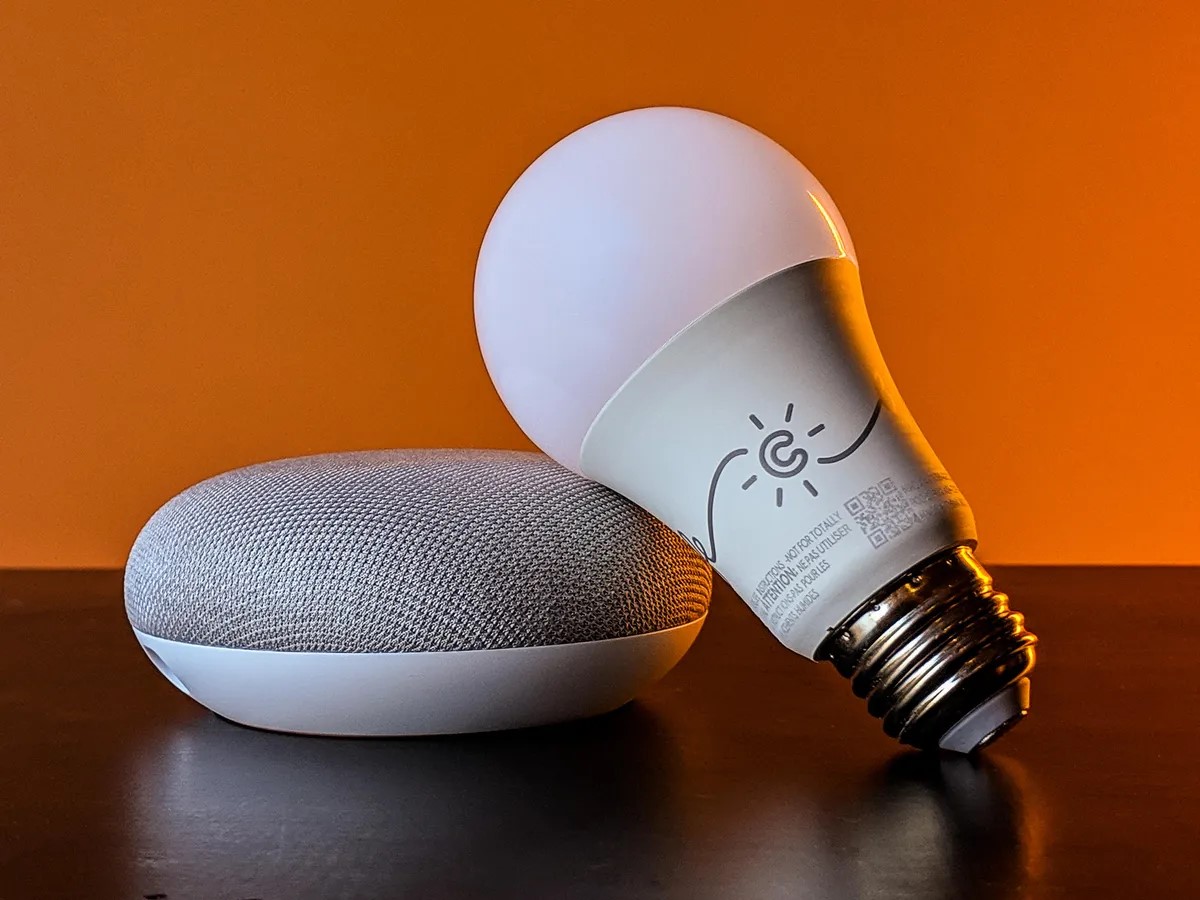
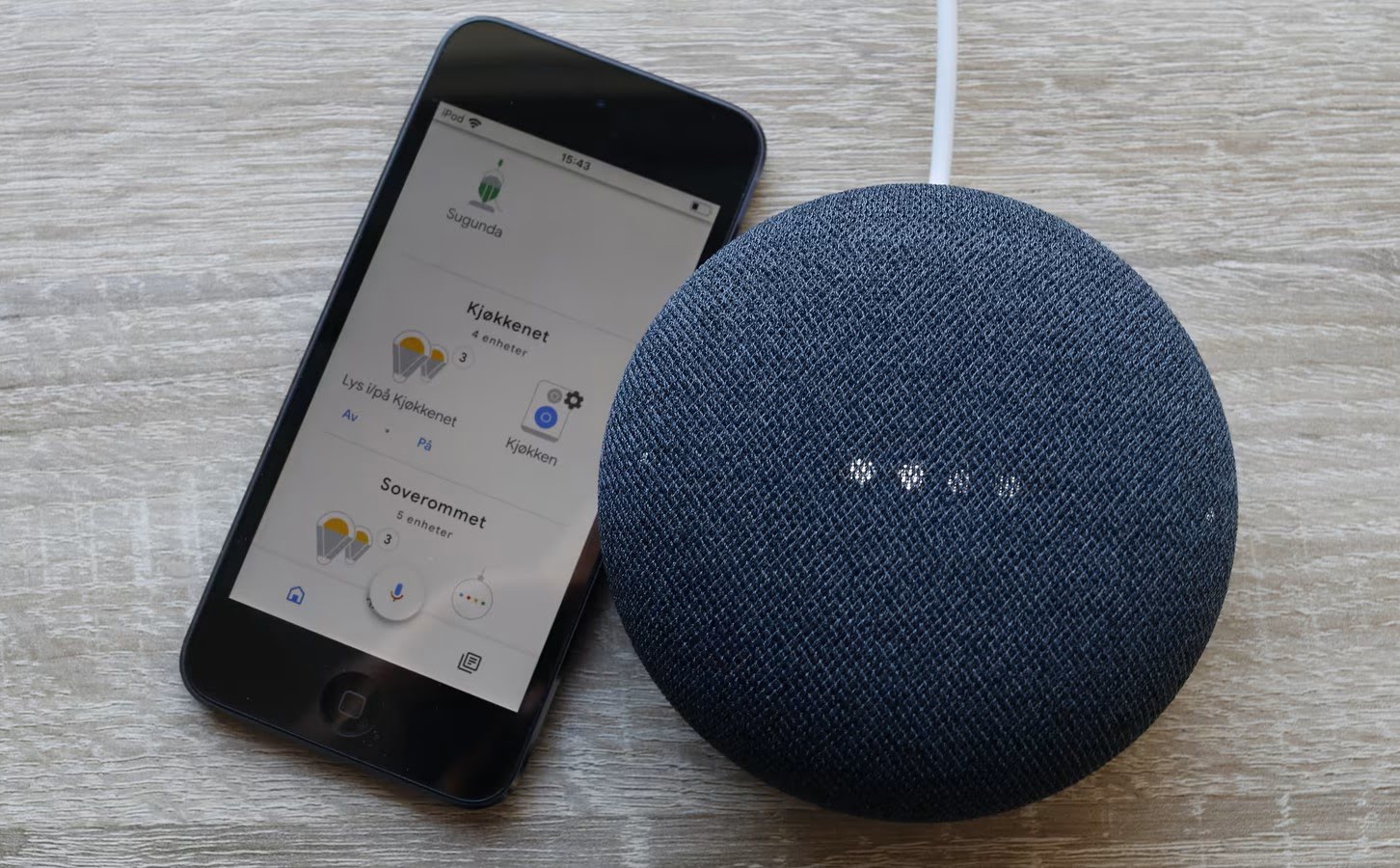
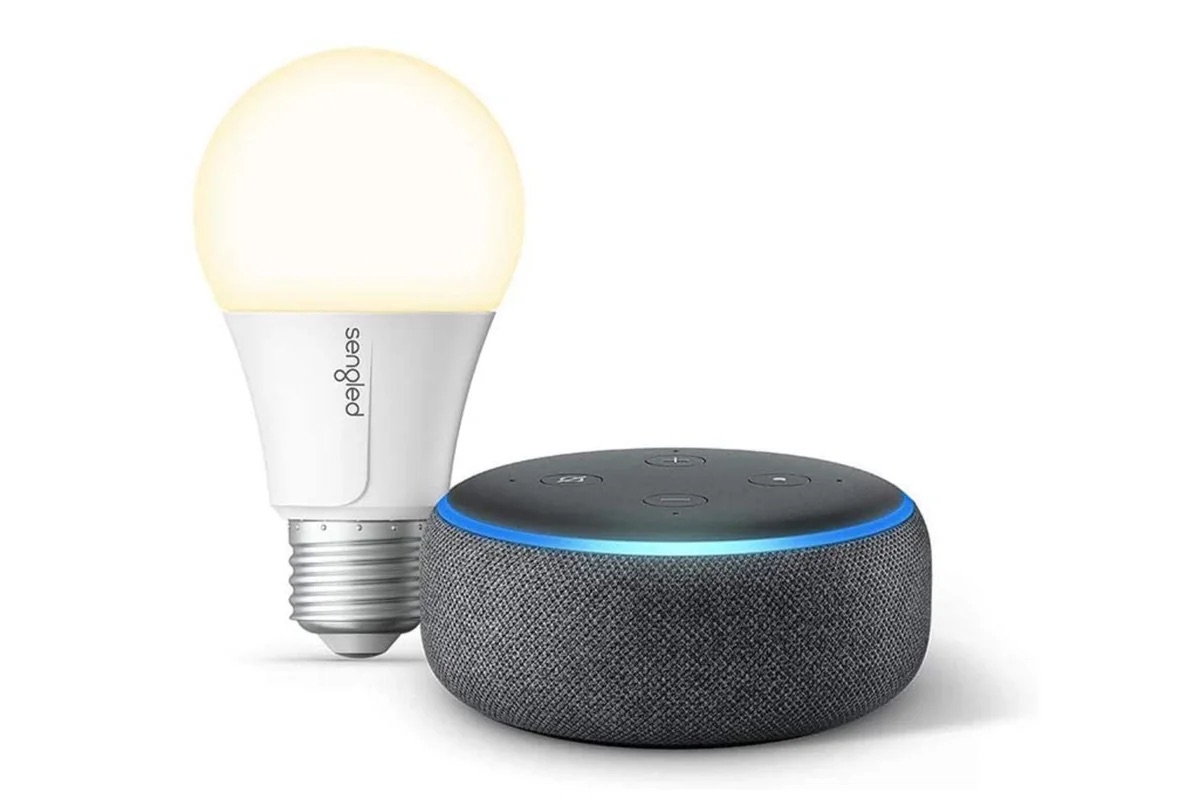
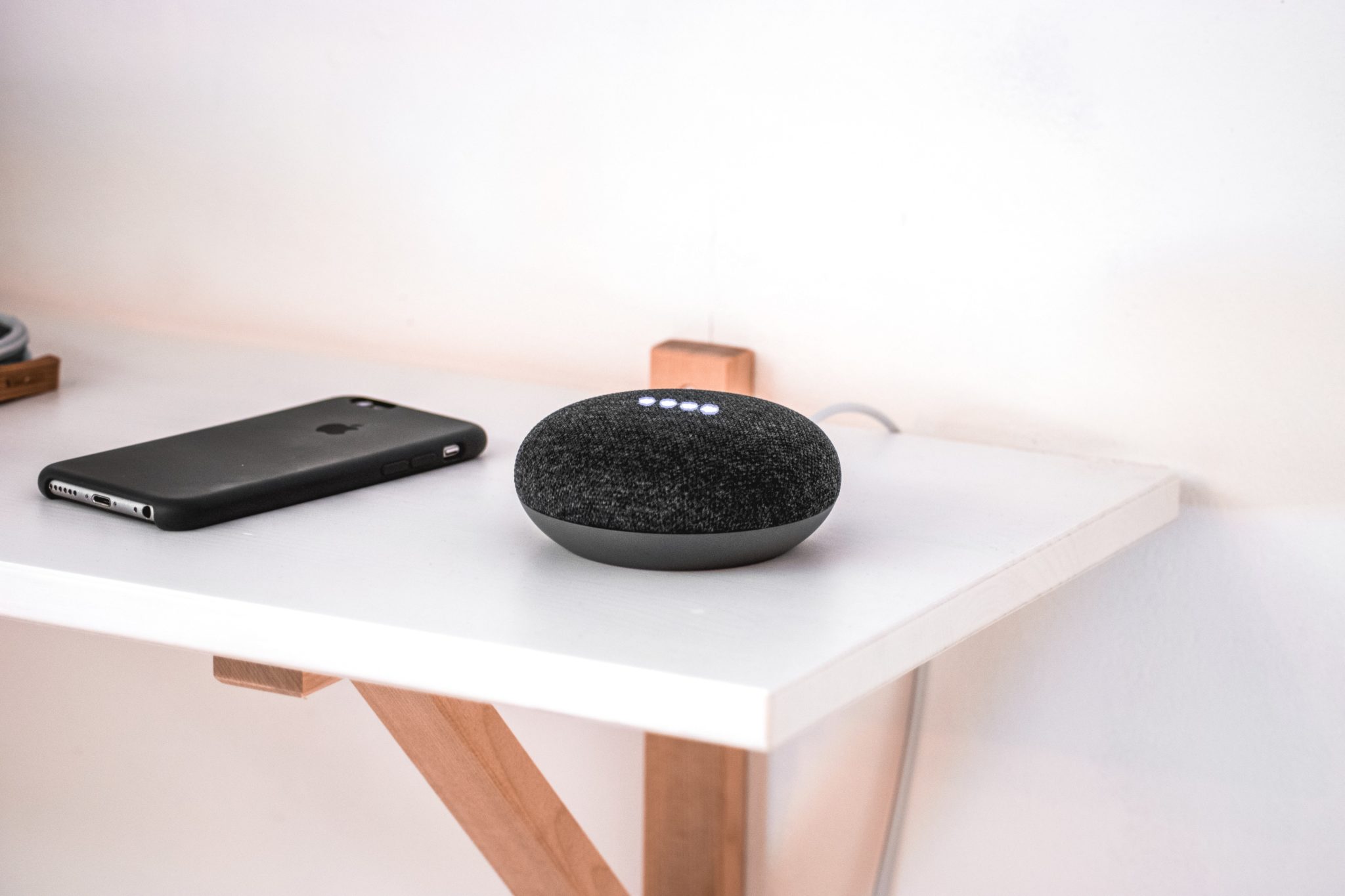
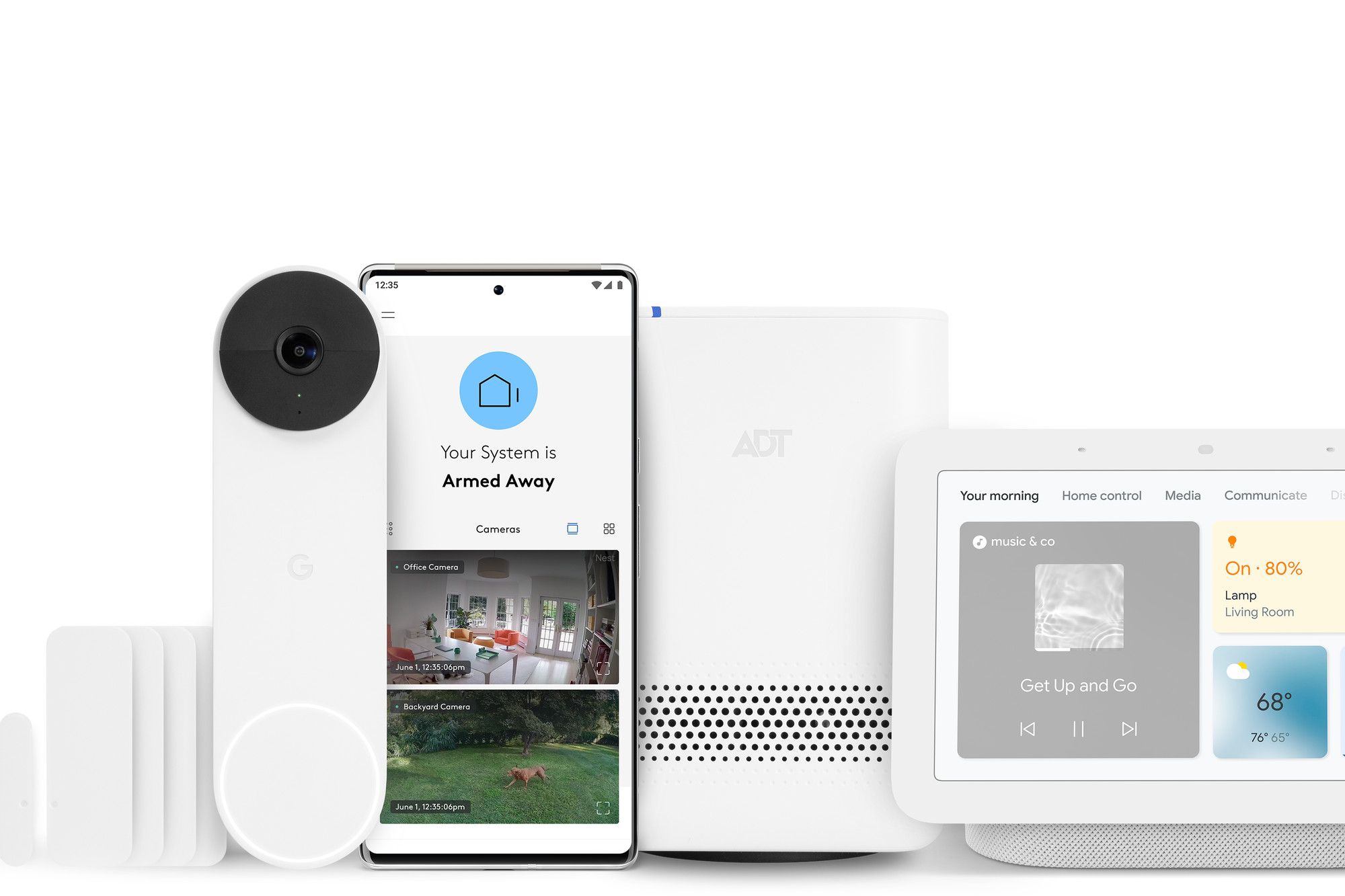
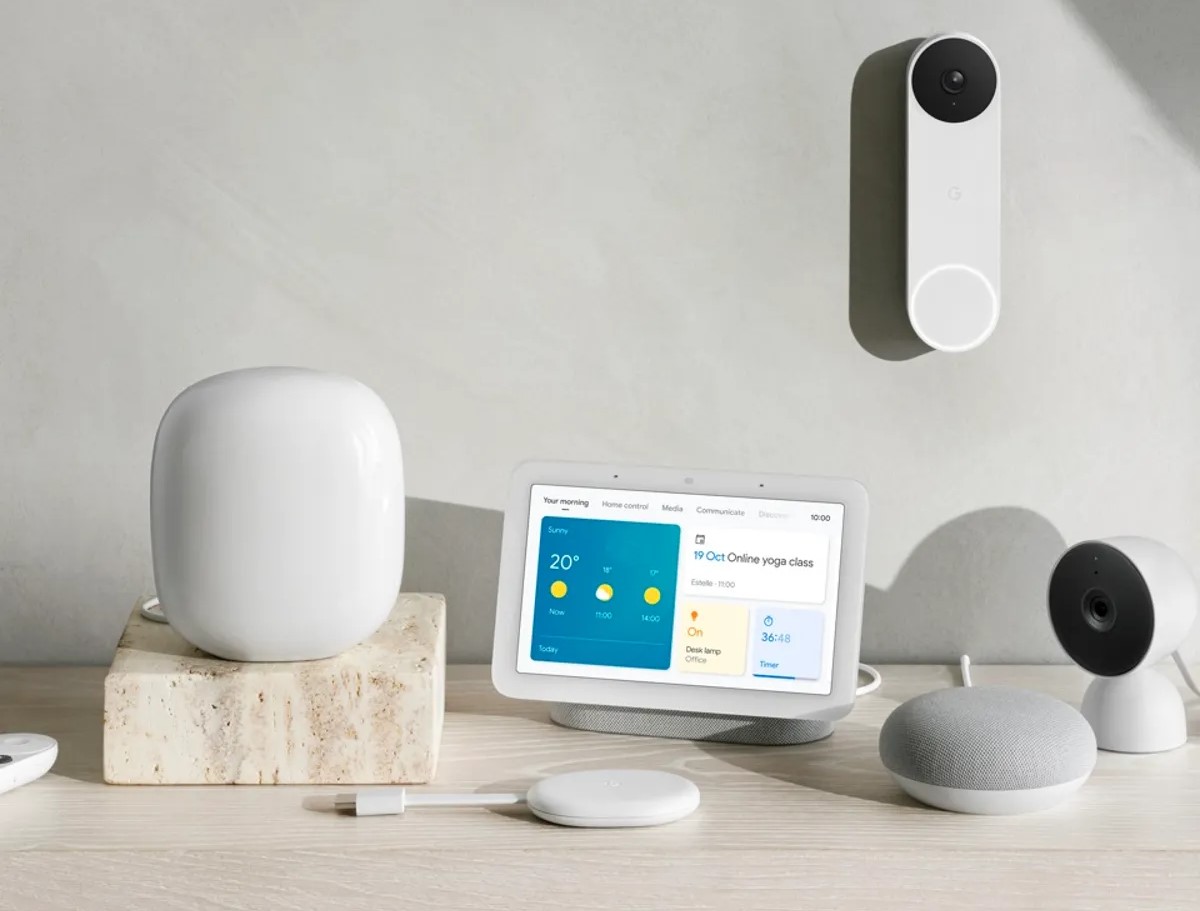
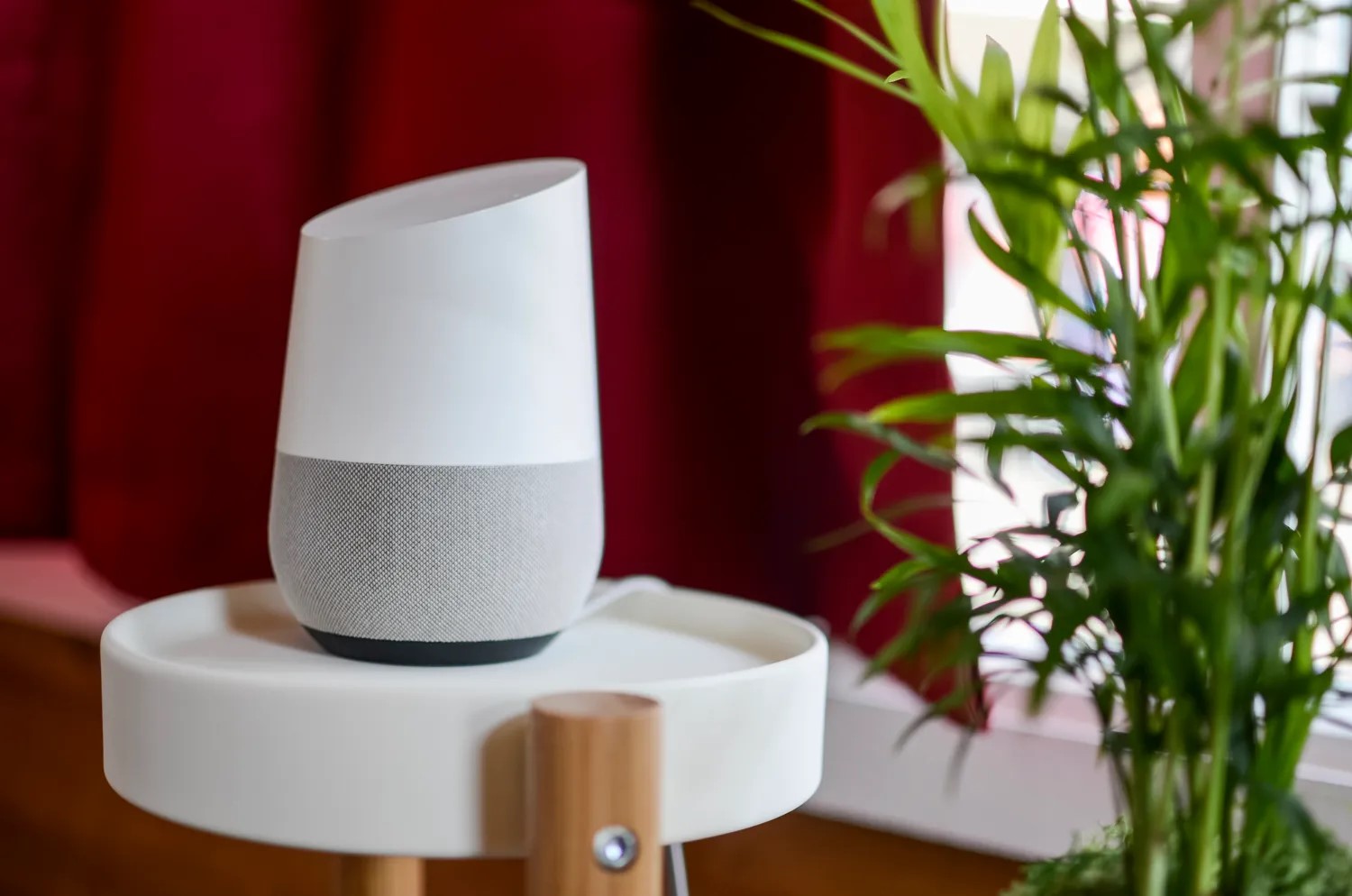
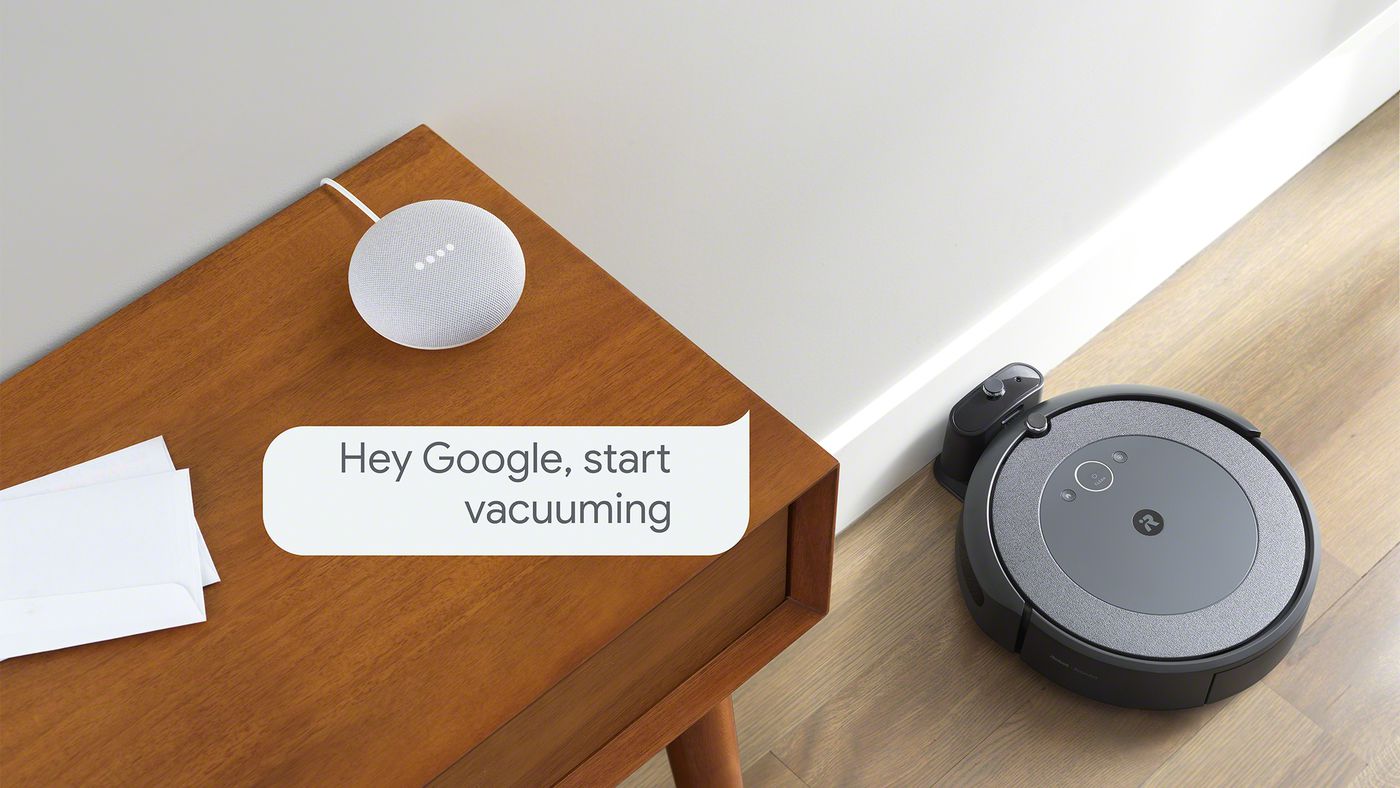
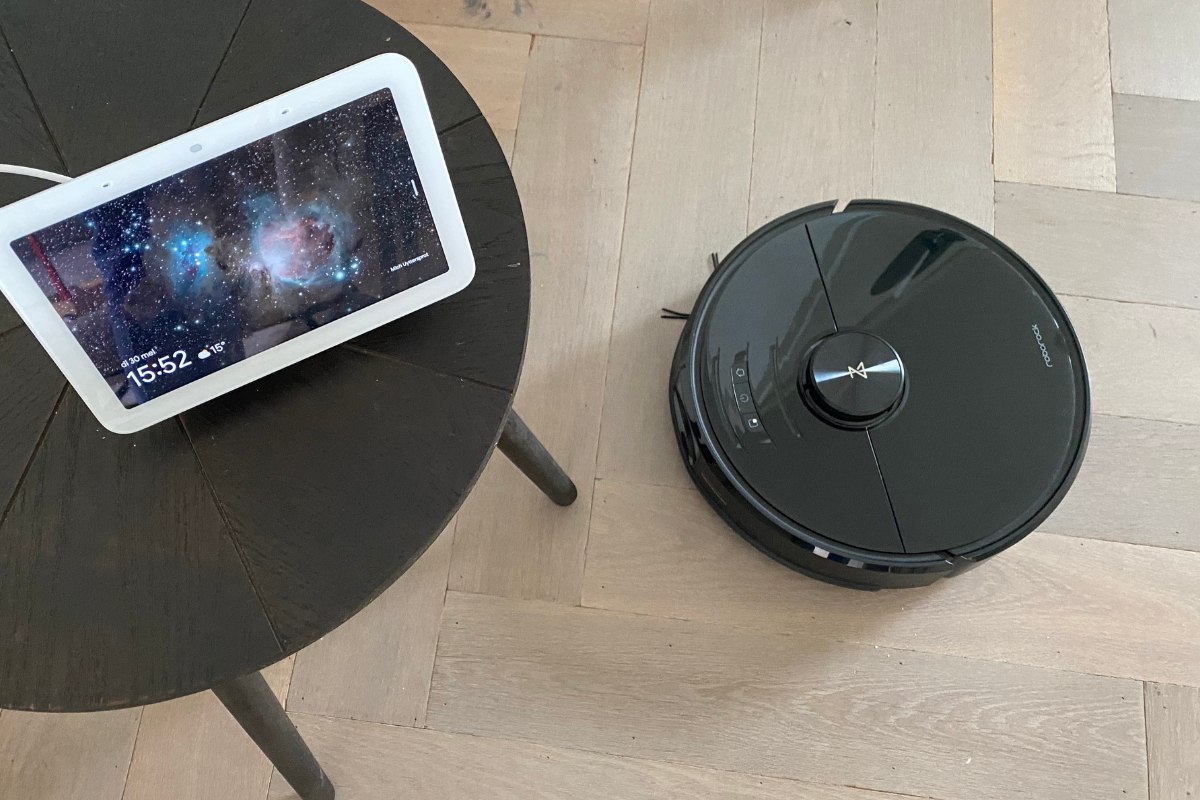
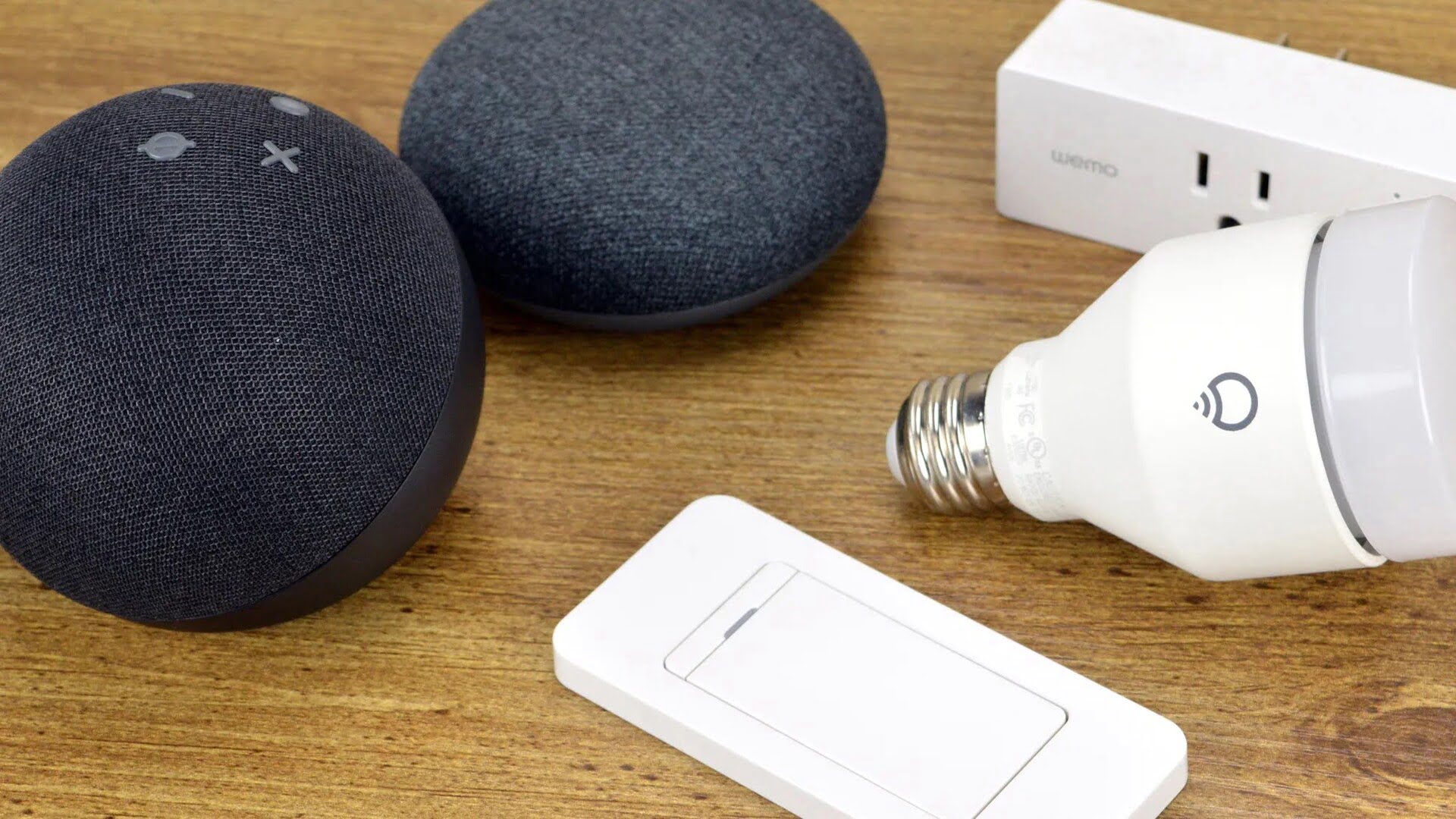
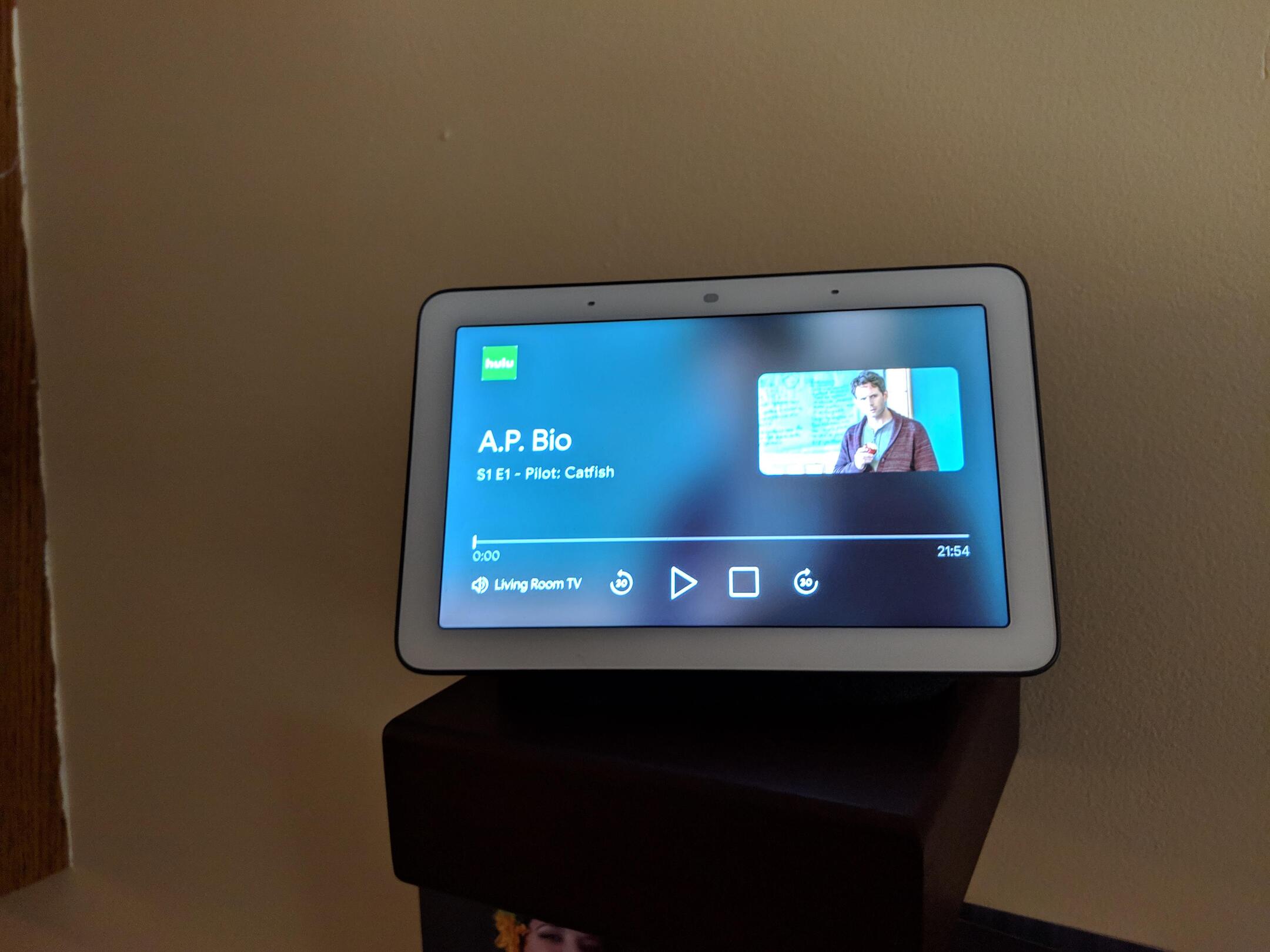
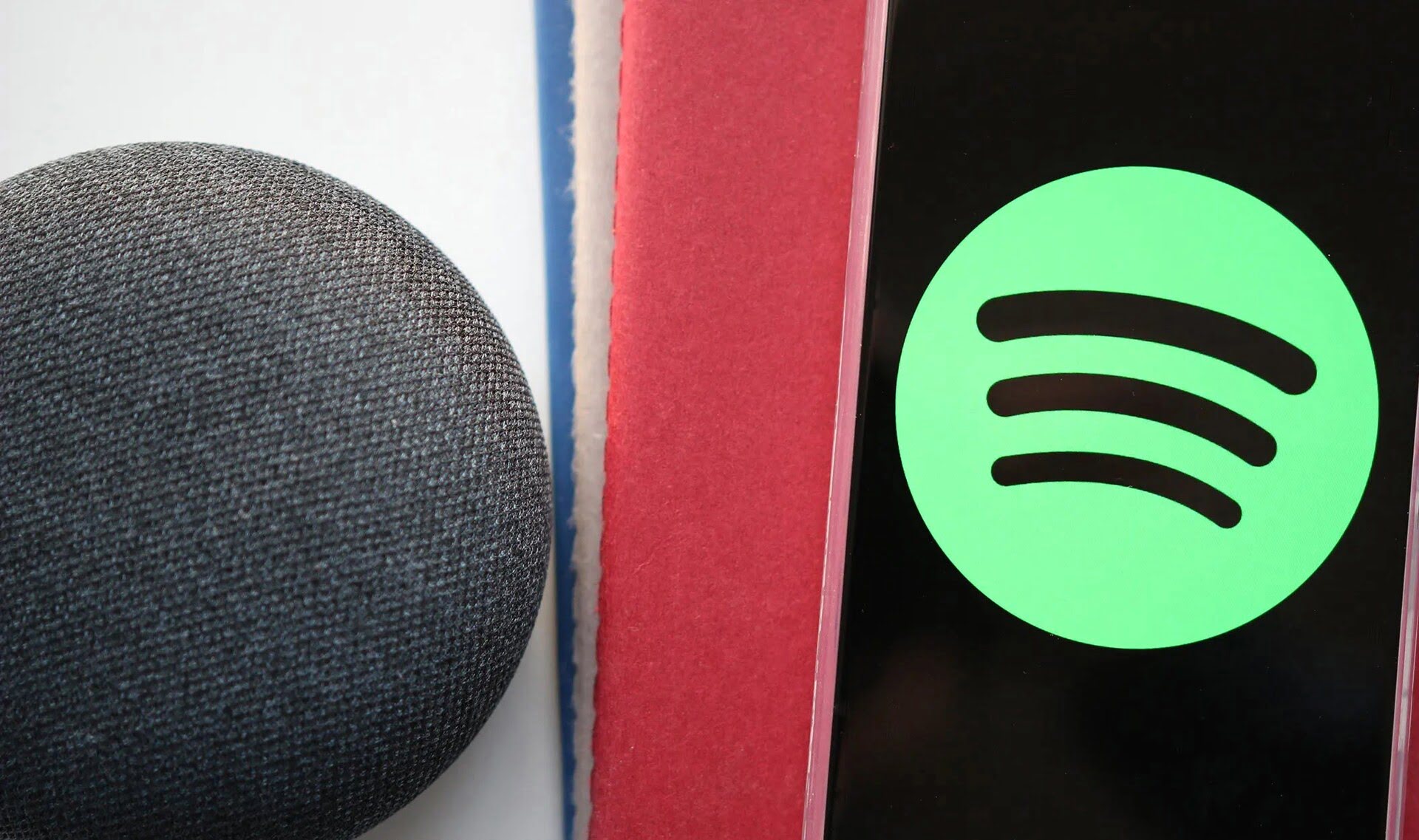
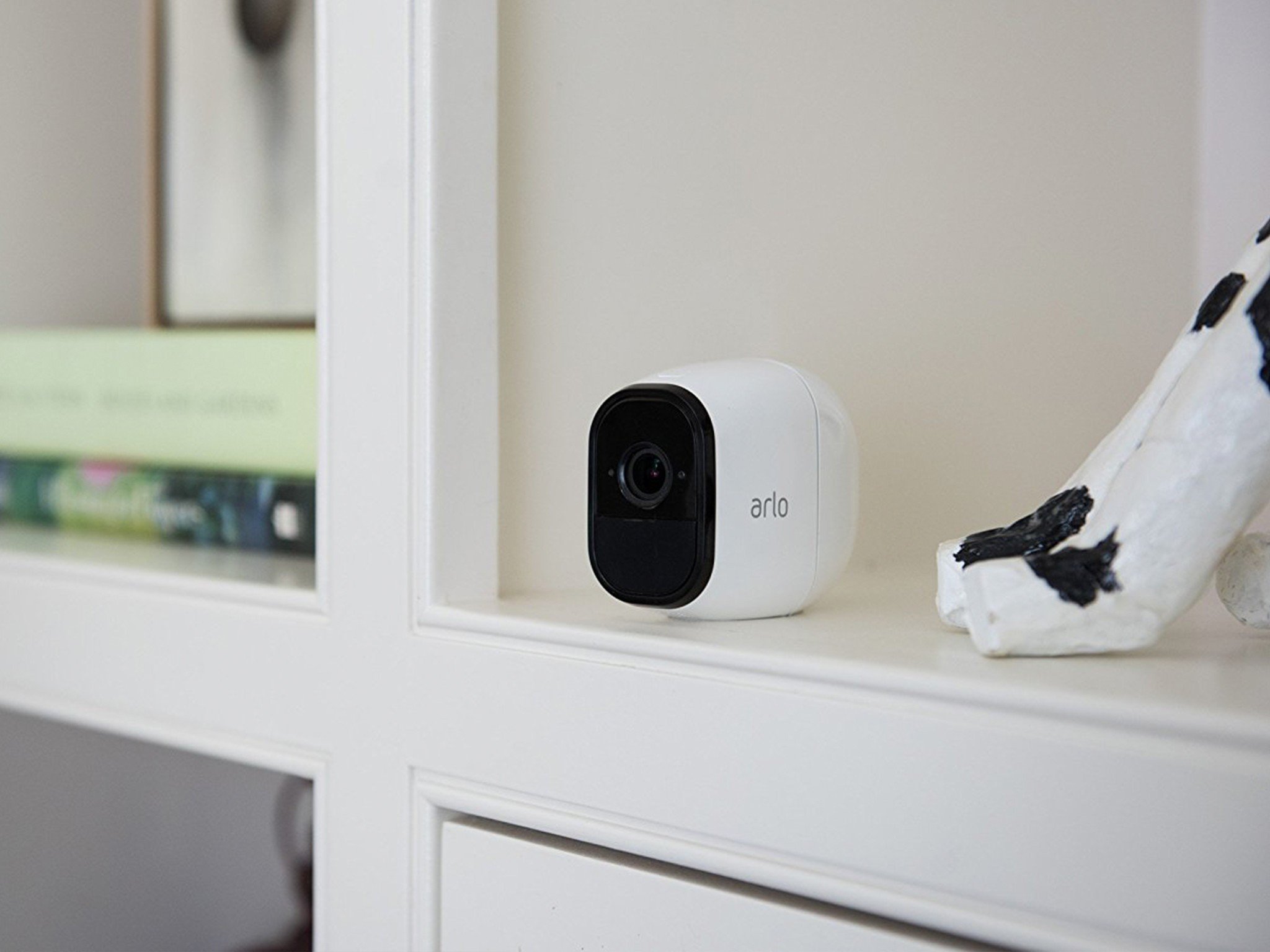
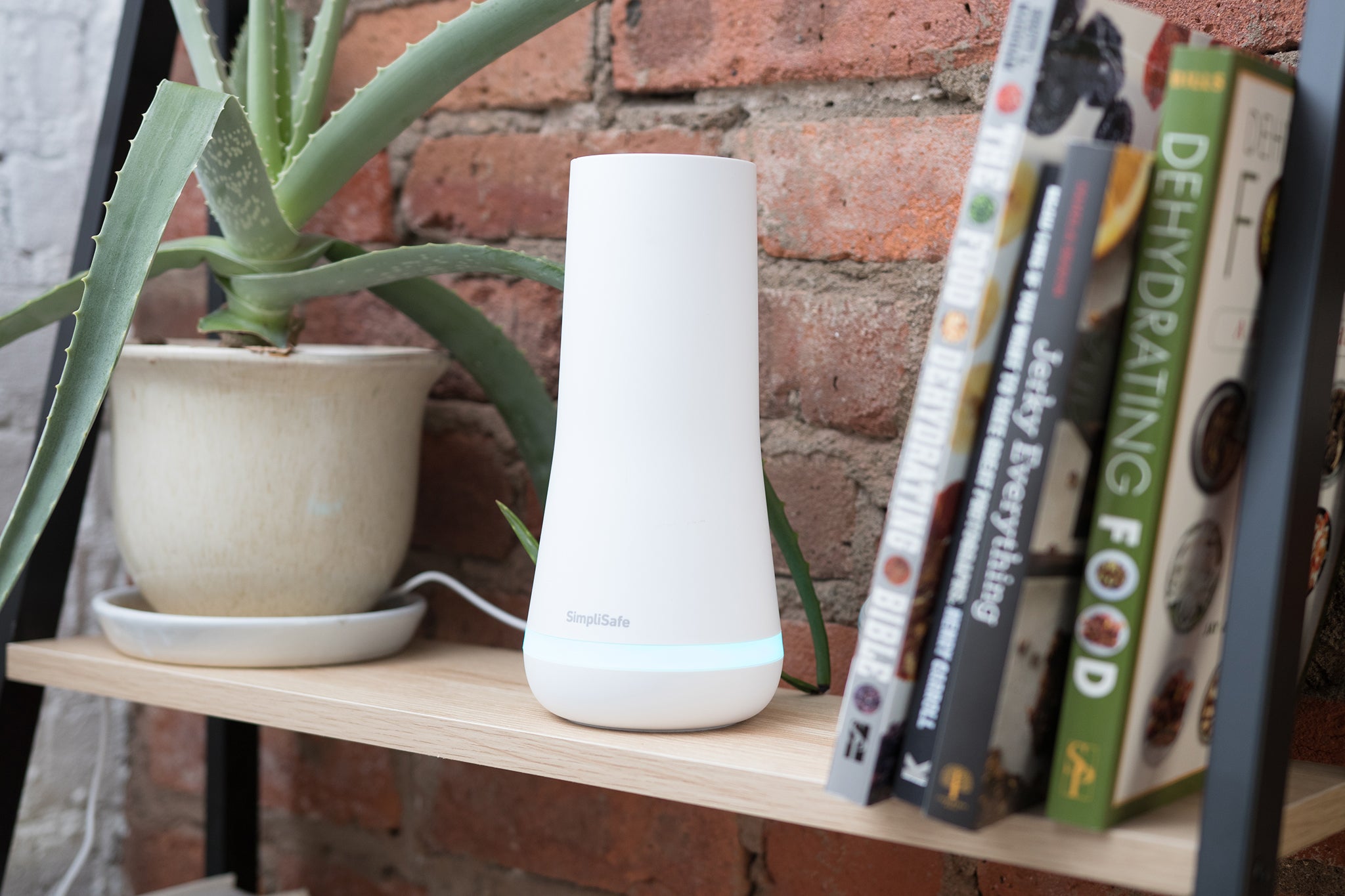

0 thoughts on “How To Connect Google Home To LED Lights”